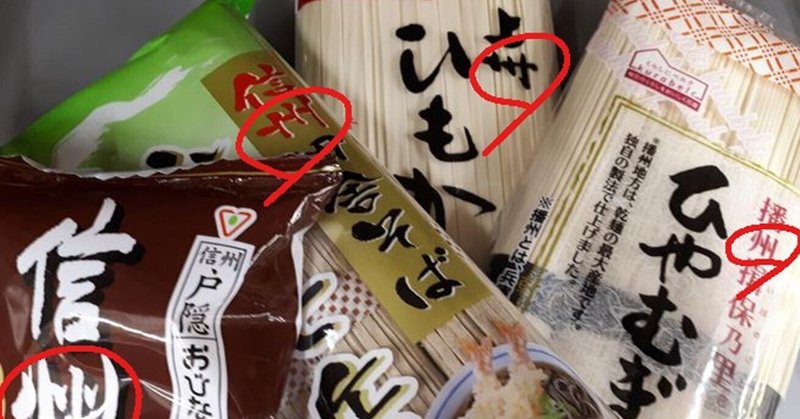
Good Old Provincial Names
Q. Can you tell which region/continent the following 州 refers to?
1. 欧州
2. 豪州
3. 亜州
4. 米州
Answers:
1. Europe
2. Australia
3. Asia
4. North and South Americas
Translating address fields on forms is a classic case of the importance of #localization . If you want to fill in your address on a form in Germany, you’ll find it consists of only three fields:
“City”,
“Street” and
“Street no.”.
When presented with such an address format, any Japanese person would be at a loss, with no idea of how they should enter their rather longer Japanese address there.
Once, when translating an address from English into Japanese, I was prompted by a CAT tool – a translation database – to translate the word “state” as 州 (Shu – meaning province). If the form is intended for the Japanese market, however, “state” should definitely be changed to 都道府県 (prefecture).
So, “states” 州 are a totally foreign concept for the Japanese? Well, not exactly. We used to have 州 (provinces) until the late 19th Century, and there are ongoing debates over the possible (re)introduction of 州 as new administrative units (道州制).
But the 州 have survived to this day in the form of quasi brand names for many local produce and handcrafts.
E.g.
信州りんご 甲州ワイン 甲州街道 温州みかん 紀州梅 壱州豆腐 上州うどん 三州味噌 奥州牛 信州蕎麦 尾州織 播州織 遠州焼き 土州焼き 奥州節絹 石州和紙 三州瓦 遠州織物 作州絣 房州うちわ 讃州最中
... just to name a few.
Some provinces (州) seem to be more famous than others. Provinces like 信州、上州、甲州 sound familiar to me, coming from the Kanto region. 奥州, 紀州 and 長州 are also well-known in a historical context.
To round off this long story about 州, try a quiz at the top.
Which 州 are you from ?
#translation #localization #CulturalUnderstanding #japan #germany
この記事が気に入ったらサポートをしてみませんか?
